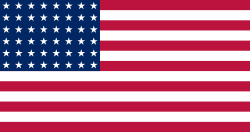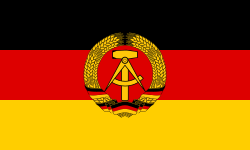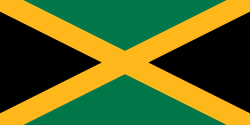Stanisława Walasiewiczová
| Stanisława Walasiewiczová | |
|---|---|
 | |
| Rodné jméno | Stanisława Walasiewiczówna |
| Narození | 13. dubna 1911 Wierzchownia |
| Úmrtí | 4. prosince 1980 (ve věku 69 let) Cleveland |
| Příčina úmrtí | střelná rána |
| Místo pohřbení | Calvary Cemetery |
| Povolání | sprinter a atlet |
| Ocenění | Sportovec roku Polska (1930) Sportovec roku Polska (1932) Zlatý záslužný kříž (1932) Sportovec roku Polska (1933) Sportovec roku Polska (1934) … více na Wikidatech |
| Některá data mohou pocházet z datové položky. | |
| Přehled medailí | ||
|---|---|---|
| zlato | LOH 1932 Los Angeles | běh na 100 m |
| stříbro | LOH 1936 Berlín | běh na 100 m |
| Mistrovství Evropy v atletice | ||
| zlato | ME 1938 | běh na 100 m |
| zlato | ME 1938 | běh na 200 m |
| stříbro | ME 1938 | skok daleký |
| stříbro | ME 1938 | štafeta 4 x 100 m |
Stanisława Walasiewiczová (3. dubna 1911 – 4. prosince 1980) byla polsko-americká atletka, sprinterka.
Na olympiádě v Los Angeles v roce 1932 se stala olympijskou vítězkou v běhu na 100 metrů. Na další olympiádě v Berlíně roku 1936 získala na stejné trati stříbrnou medaili. Na obou olympiádách reprezentovala Polsko, po druhé světové válce však zůstala v USA. Roku 1947 získala americké občanství, užívala pak jméno Stella Walsh. Roku 1980 se stala obětí loupežného přepadení, na jehož následky zemřela[1]. Při následné pitvě lékaři objevili, že Walasiewiczová měla i mužské pohlavní orgány, což vzbudilo diskuse, zda by jí neměly být odebrány medaile z ženských soutěží[2]. To se nestalo, nicméně její případ bývá často uváděn jako argument pro nutnost vyšetřit pohlaví sportovců.
Odkazy
Reference
Externí odkazy
 Obrázky, zvuky či videa k tématu Stanisława Walasiewiczová na Wikimedia Commons
Obrázky, zvuky či videa k tématu Stanisława Walasiewiczová na Wikimedia Commons - Stanisława Walasiewiczová v databázi Olympedia (anglicky)
- (anglicky) Heslo v encyklopedii Britannica
- (polsky) Profil na stránkách olimpijski.pl Archivováno 24. 9. 2015 na Wayback Machine.
Média použitá na této stránce
Olympic Rings without "rims" (gaps between the rings), As used, eg. in the logos of the 2008 and 2016 Olympics. The colour scheme applied here was specified in 2023 guidelines.
Olympic Rings without "rims" (gaps between the rings), As used, eg. in the logos of the 2008 and 2016 Olympics. The colour scheme applied here was specified in 2023 guidelines.
US Flag with 48 stars. In use for 47 years from July 4, 1912, to July 3, 1959.
(c) I, Cmapm, CC BY-SA 3.0
The flag of the Soviet Union (1955-1991) using a darker shade of red.

(c) I, Cmapm, CC BY-SA 3.0
The flag of the Soviet Union (1955-1991) using a darker shade of red.

Flag of Jamaica. “The sunshine, the land is green, and the people are strong and bold” is the symbolism of the colours of the flag. GOLD represents the natural wealth and beauty of sunlight; GREEN represents hope and agricultural resources; BLACK represents the strength and creativity of the people. The original symbolism, however, was "Hardships there are, but the land is green, and the sun shineth", where BLACK represented the hardships being faced.
Flag of Second Polish Republic and later People's Republic of Poland in period from March 29, 1928 to March 10, 1980. Red shade used here is HTML "vermilion" #E34234. Proportion 5:8.
Flag of Belarus 1995-2012
Stanisława Walasiewicz w trakcie II Mistrzostw Europy w Lekkoatletyce (dla kobiet) w Wiedniu w 1938 roku











